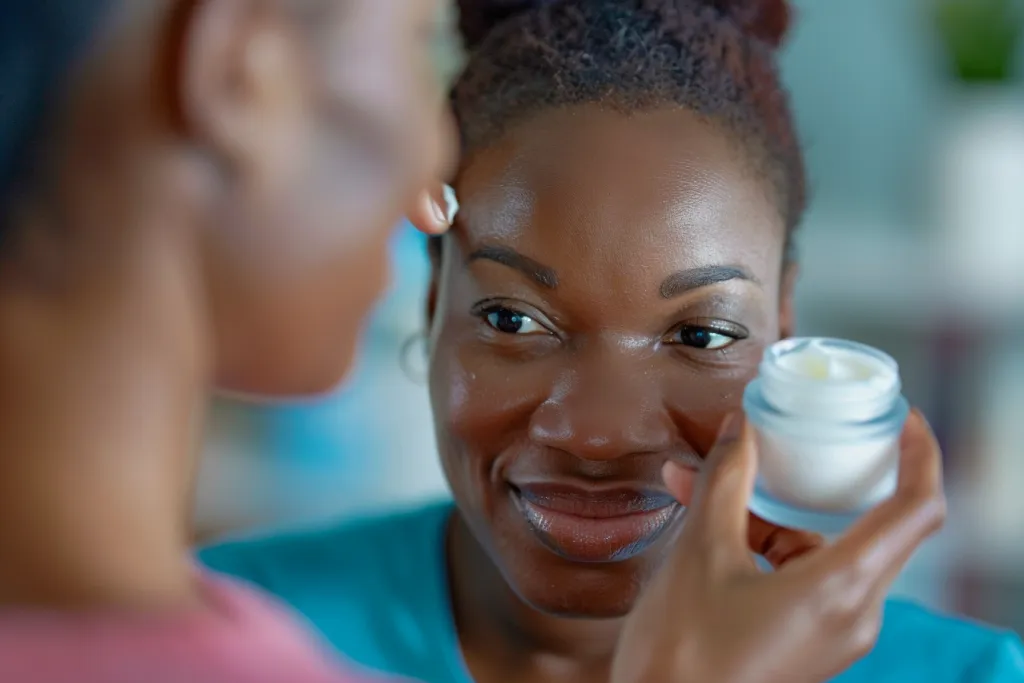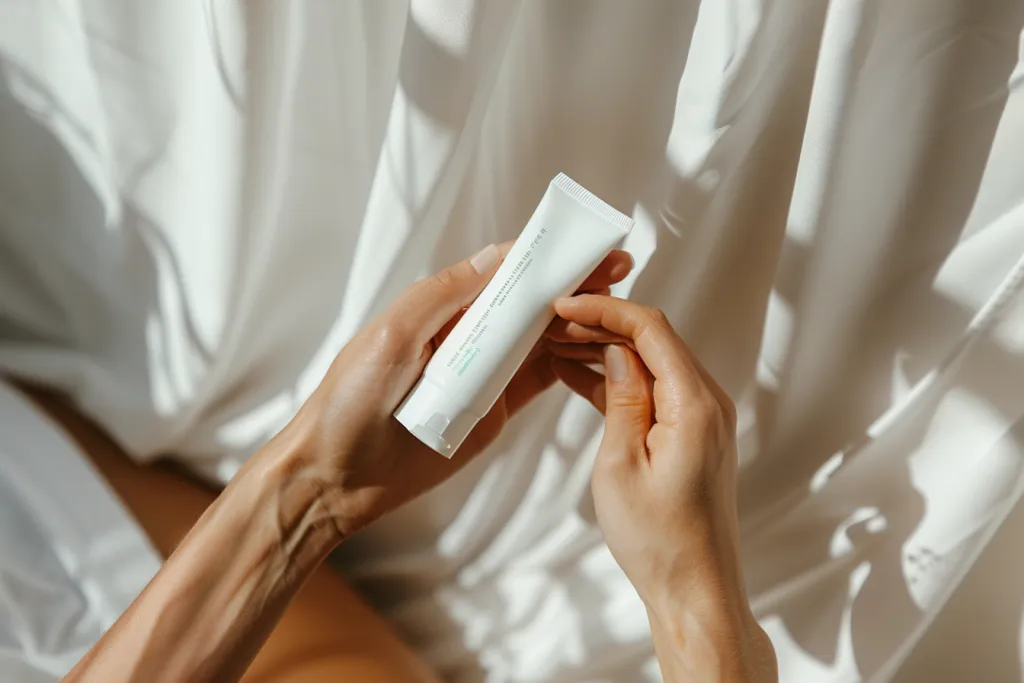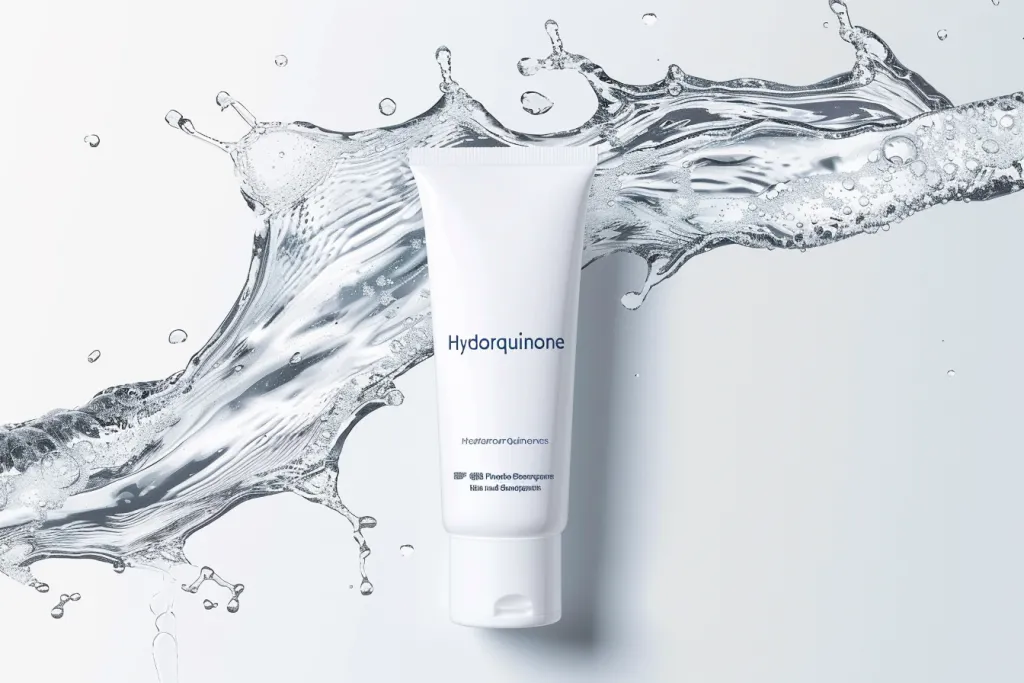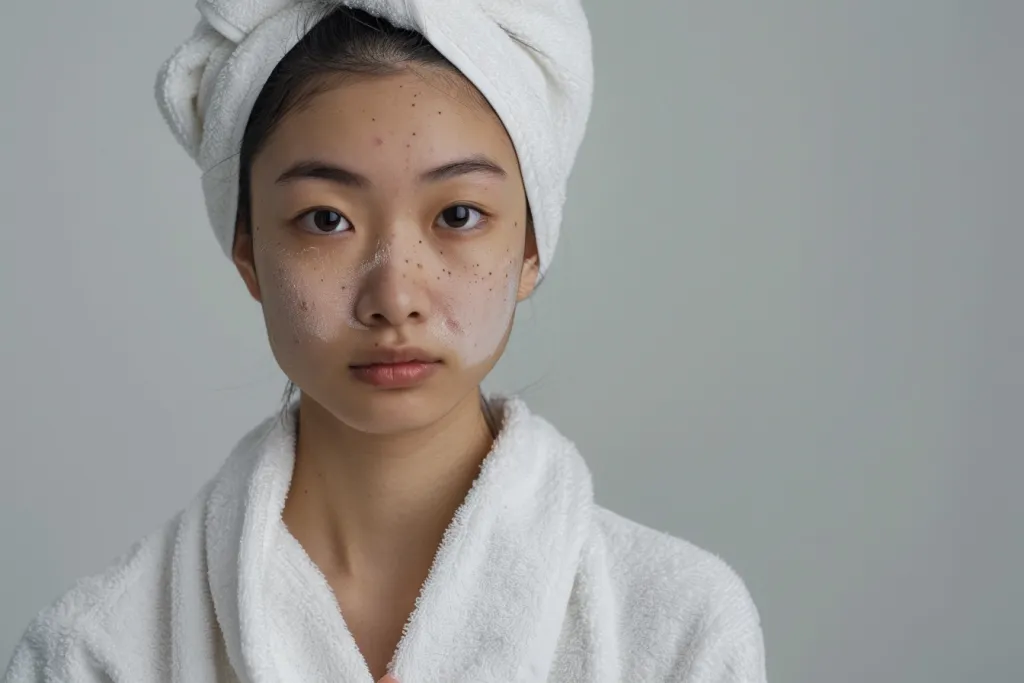Hydroquinone has long been a topic of discussion in the beauty and personal care industry. Known for its skin-lightening properties, it addresses various skin concerns, from hyperpigmentation to age spots. However, with its benefits come questions about safety and proper use. This article aims to provide a clear, comprehensive guide on hydroquinone, covering everything from its mechanism of action to user guidelines, ensuring you are well-informed about this potent ingredient.
Table of Contents:
– What is hydroquinone and how does it work?
– The benefits of hydroquinone for skin care
– Safety and side effects: What you need to know
– How to use hydroquinone effectively
– Alternatives to hydroquinone
What is hydroquinone and how does it work?

Hydroquinone is a skin-lightening agent used in various cosmetic and dermatological products. It works by inhibiting the enzyme tyrosinase, which is essential in the melanin production process. By blocking this enzyme, hydroquinone reduces the production of melanin, leading to lighter skin tones in treated areas. This mechanism of action makes it a popular choice for treating hyperpigmentation, melasma, and other skin discolorations.
The effectiveness of hydroquinone has been documented in numerous studies, showing significant improvement in skin tone and texture with proper use. It’s important to understand that while hydroquinone is powerful, it doesn’t provide instant results. Consistent application over weeks or months is necessary to achieve visible improvements.
Despite its benefits, hydroquinone’s mode of action raises questions about safety and potential skin irritation. It’s crucial to approach its use with knowledge and caution, ensuring it’s the right choice for your skin care needs.
The benefits of hydroquinone for skin care

Hydroquinone’s primary benefit lies in its ability to lighten dark spots and even out skin tone. For individuals struggling with conditions like melasma, post-inflammatory hyperpigmentation, and age spots, hydroquinone offers a solution to reduce the appearance of these blemishes.
Beyond its skin-lightening capabilities, hydroquinone also contributes to skin rejuvenation. By reducing the concentration of melanin, it can help reveal a brighter, more uniform skin surface. This effect can enhance the overall radiance of the skin, making hydroquinone a valuable addition to anti-aging skin care routines.
It’s worth noting that the benefits of hydroquinone extend to psychological well-being. Skin conditions like hyperpigmentation can affect self-esteem and confidence. By improving the appearance of such conditions, hydroquinone can play a significant role in boosting an individual’s self-image and quality of life.
Safety and side effects: What you need to know

While hydroquinone is effective, its safety profile warrants attention. The most common side effects include mild skin irritation, redness, and dryness, particularly in individuals with sensitive skin. These reactions are generally manageable with proper skin care and adjustment of the hydroquinone concentration.
Concerns have also been raised about the potential for more severe side effects, such as ochronosis, a condition characterized by darkening and thickening of the skin. However, this is extremely rare and typically associated with prolonged, high-concentration use of hydroquinone.
Regulatory agencies in various countries have evaluated the safety of hydroquinone, leading to restrictions on its concentration in over-the-counter products. It’s crucial to follow these guidelines and consult with a dermatologist to ensure safe and effective use of hydroquinone-based products.
How to use hydroquinone effectively

For optimal results, hydroquinone should be used as part of a comprehensive skin care routine. Start by applying a small amount to affected areas once or twice daily, following the product’s instructions or a dermatologist’s guidance. It’s essential to use sunscreen during the day, as hydroquinone can increase skin sensitivity to UV radiation.
Patience is key when using hydroquinone. It may take several weeks to notice significant improvements, and it’s important to maintain a consistent application schedule. If irritation occurs, reducing the frequency of application can help mitigate side effects.
Lastly, consider incorporating products that complement hydroquinone’s action, such as retinoids and antioxidants. These can enhance skin renewal and protection, contributing to better overall results.
Alternatives to hydroquinone

For individuals seeking alternatives to hydroquinone, several options are available. Ingredients like kojic acid, arbutin, and vitamin C offer skin-lightening benefits without hydroquinone’s potential side effects. These alternatives work through different mechanisms but can be effective in treating hyperpigmentation and improving skin tone.
When exploring alternatives, it’s important to research and choose products based on your specific skin type and concerns. Consulting with a dermatologist can provide personalized recommendations, ensuring you find a safe and effective solution for your skin care needs.
Conclusion
Hydroquinone is a powerful ingredient in the fight against hyperpigmentation and uneven skin tone. By understanding its benefits, safety profile, and proper use, individuals can make informed decisions about incorporating it into their skin care routines. Whether opting for hydroquinone or exploring alternatives, the key is to approach skin care with knowledge, patience, and care, aiming for healthy, radiant skin.




